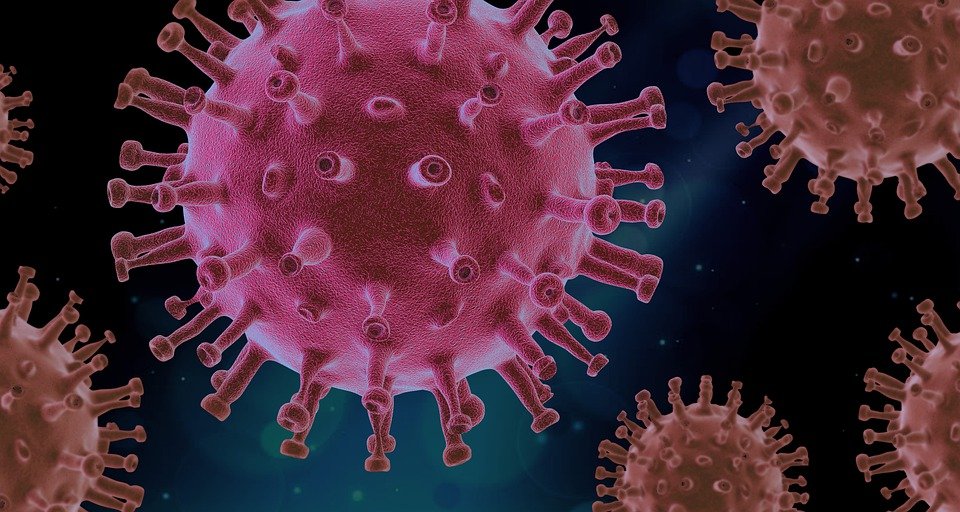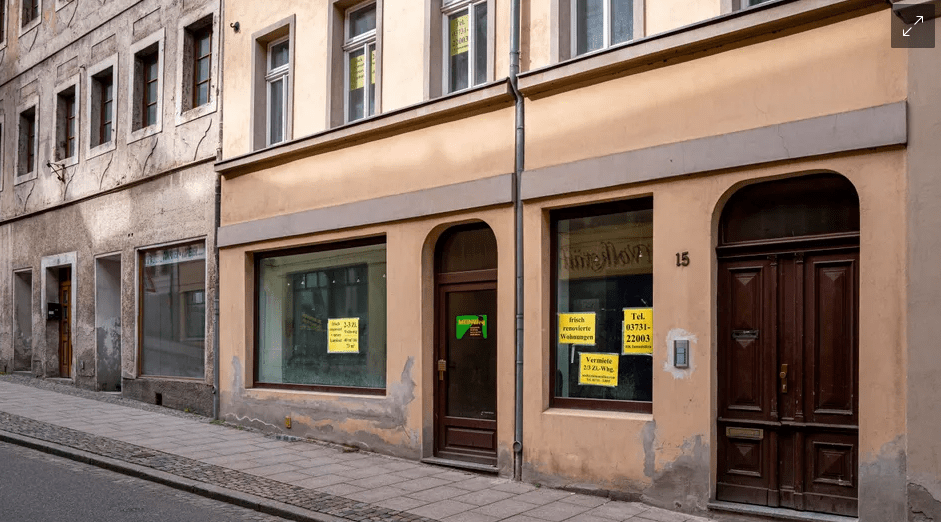The origin of Sars-CoV-2 is still not clear. A team of researchers is now causing a stir with a new analysis: They claim to have discovered the “fingerprint” of a genetic manipulation in the virus’ genome. Does Corona originate from a laboratory in China after all?
The Sars-CoV-2 coronavirus has claimed the lives of more than six million people. According to estimates, it could have been as many as 18 million. But it is still completely unclear where the deadly virus actually comes from. Many researchers assume a natural origin – but an accident in a laboratory in the Chinese metropolis of Wuhan, where the first outbreak became known, is also considered possible.
A team of three researchers now claims to have found evidence that the virus did indeed originate in a laboratory. In a preliminary publication recently posted online, they provide arguments that Sars-CoV-2 is a deliberately genetically engineered virus. Their work has appeared as a so-called preprint that has not yet gone through a scientific review process.
Valentin Bruttel, who holds a doctorate in immunology and was awarded this year’s Innovation Prize at the German Biotechnology Days together with his colleagues, is one of the authors. He works at the University Hospital of Würzburg. As early as the summer of 2021, he identified the first abnormalities in the genome of Sars-CoV-2, he tells ntv.de. Since then, he has continued to investigate these in his spare time and, together with Alex Washburn and Antonius VanDongen, has worked them out into a preliminary publication.
“Artificial copy of a virus”
“In combination with other molecular evidence, our results show that this virus is 99.9 percent an artificial, probably manipulated copy of a natural virus,” Bruttel told ntv.de. The methods presumably used for this purpose are also used in a very similar form by individual virological laboratories to produce synthetic viruses, he said. He also uses these techniques in his daily work, but to develop “completely harmless” protein-based drugs for autoimmune diseases, Bruttel said.
The researchers say they have discovered a kind of “fingerprint” in the genome of Sars-CoV-2 for targeted manipulation. This is a regularly recurring pattern in the virus’ genome, Bruttel says. Laboratories that genetically modify RNA viruses like Sars-CoV-2, the researcher explains, first assemble the genome from individual DNA building blocks. In a method that is frequently used, visible “recognition sites” remain in the genome near the junctions of these building blocks – a distinctive, regular pattern. These recognition sites could also make it easier to create many different artificial virus variants from a finished DNA genome.
Bruttel and his colleagues compared the genomes of known artificially created viruses and their natural “model” viruses. “In natural viruses, the recognition sites are completely randomly distributed,” Bruttel said. In genetically assembled viruses, however, they always appeared in a specific, production-related pattern. “This pattern is also found in Sars-CoV-2, but not in closely related viruses.” Their preliminary results, they said, indicate that the probability that natural evolution produced this pattern by chance is at most about 1 in 100, probably far lower.
Patterns like a “fingerprint
Is he and his colleagues’ research now proof that Sars-CoV-2 was created synthetically in a lab? Bruttel hesitates. “This pattern is comparable to a fingerprint on a murder weapon,” he says. “We’ve shown that it’s extremely unlikely that such a pattern, which is also found in at least ten other synthetic RNA viruses, would appear here purely by chance.” He also emphasizes, “Our publication focuses only on this fingerprint.”
The preprint provides new material for the hypothesis that Sars-CoV-2 may have been released through a laboratory accident, ultimately triggering the global pandemic. The focus of these considerations is a research institute in the Chinese megacity of Wuhan: the Wuhan Institute of Virology (WIV). It is known for its intensive research on coronaviruses. This has repeatedly led to speculation as to whether Sars-CoV-2 could have been accidentally released during genetic experiments there.
Bruttel also thinks this is conceivable. “According to a U.S. newspaper report, dangerous accidents happen almost weekly in high-security labs in the U.S. alone,” he says. Since WIV said it had only worked on coronaviruses under low-safety conditions before the pandemic began, where not even mouth-to-nose protection was mandatory, “not much would have to happen,” Bruttel says. A researcher might have been bitten by a mouse, something might fall, or aerosols might form. “A young employee might have unknowingly become infected, had no symptoms and infected more people,” Bruttel said. The virus theoretically could have entered the city from asymptomatically infected people almost anywhere, then – judging by the gene sequences – first appeared in an outbreak months later at the Huanan wet market in Wuhan.
Fierce criticism from the scientific community
Today, the research world is divided over the question of where the virus originally came from. Among the most prominent critics of the laboratory hypothesis is the well-known immunologist Kristian Andersen of the Scripps Research Institute in La Jolla, California. And Andersen reacted on Twitter shortly after the preprint by Bruttel and his colleagues appeared. He criticized the work as “nonsense,” writing that the study was “so flawed that it wouldn’t even pass muster in a molecular biology kindergarten.” In the genome of Sars-CoV-2, he says, only “random noise” can be detected.
German virologist Friedemann Weber also echoed Andersen’s criticism of the preprint on Twitter. Weber heads the Institute of Virology at the University of Giessen. In an extensive Twitter thread, he critically addresses aspects of the paper. For example, he argues that it is also possible to genetically manipulate viruses without leaving the traces mentioned by Bruttel and his colleagues – “and it even saves time, money and work.”
Bruttel responds calmly: “The listed points of criticism are so far not resilient.” The argument that the detection sequences could also have been hidden is correct, he says. “But the disadvantages that we have mentioned, which this entails, are then not discussed.” Unfortunately, he said, insults are also often resorted to. At the same time, Bruttel said, he expressly wishes that virologists and all other interested parties would take a close look at the study by him and his colleagues and look for weaknesses, which is, after all, what such preliminary publications are intended for. “There have already been some minor, very helpful comments, and some points probably need to be discussed in more detail,” Bruttel admits.
A recent preprint purported to show that SARS-CoV-2 is of synthetic origin, but it is so deeply flawed that it wouldn’t pass kindergarten molecular biology.
Below is an analysis with more relevant SARSr-CoV genomes, including the inferred recCA from @jepekar.
Very short 🧵. pic.twitter.com/uOUrL3bqcv
— Kristian G. Andersen (@K_G_Andersen) October 21, 2022
Warning against gain-of-function research
After completing this work, Bruttel wants to devote more of his free time to his family or to “his own research, which is actually much more exciting”. However, the German researcher is also keen to draw attention to the dangers of so-called gain-of-function research. In this research, viruses are given new properties through genetic manipulation.
The risk of a pandemic accidentally triggered by artificial viruses is still far too underestimated, Bruttel warns. “Very many viruses that have been artificially engineered have been many times more deadly than Sars-CoV-2.” He recalls virologist Ron Fouchier, who caused outrage about a decade ago with genetic experiments on the extremely dangerous bird flu. Bruttel warns, “If such a modified virus escapes, we could see a complete breakdown of our complex delivery systems.”
the main source of the news: https://www.n-tv.de





